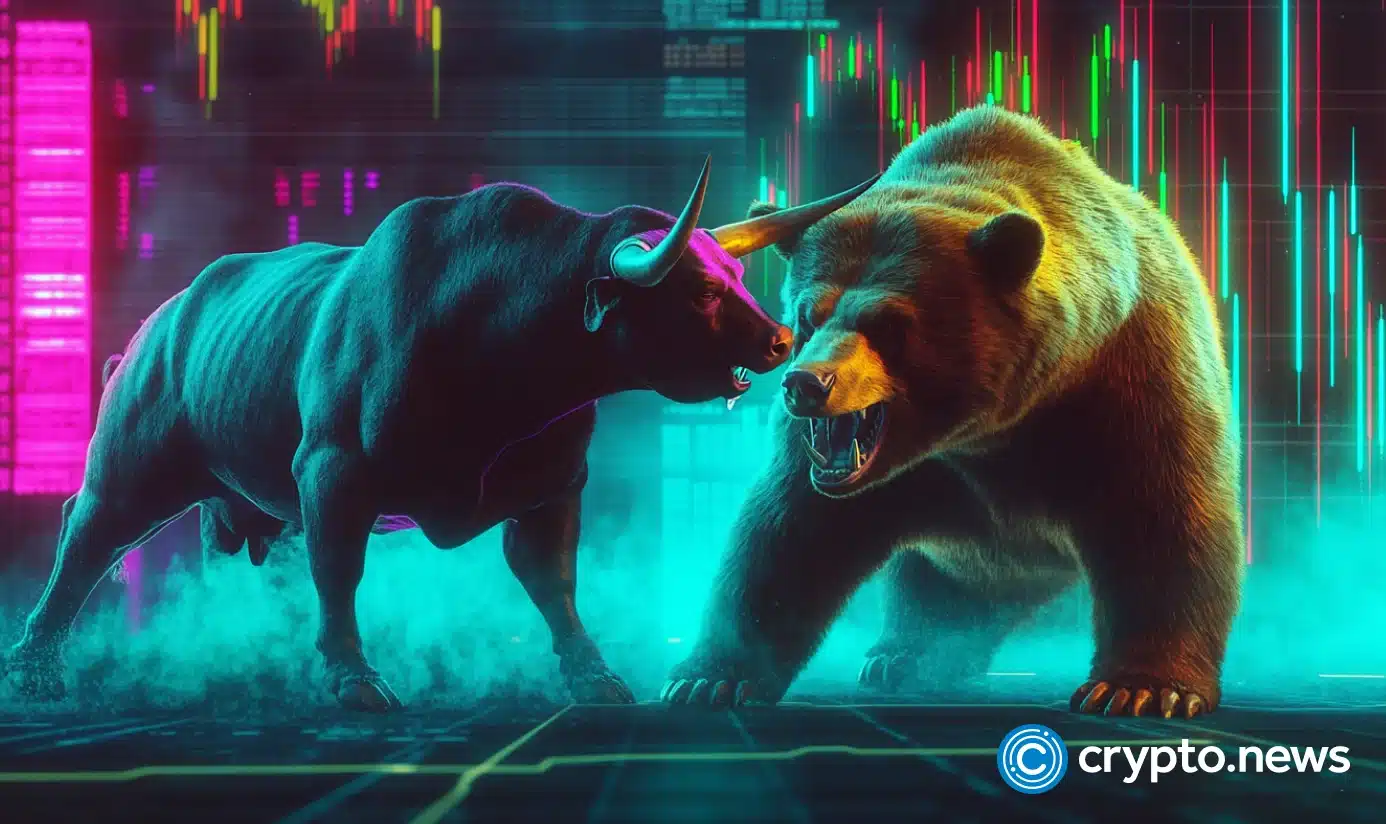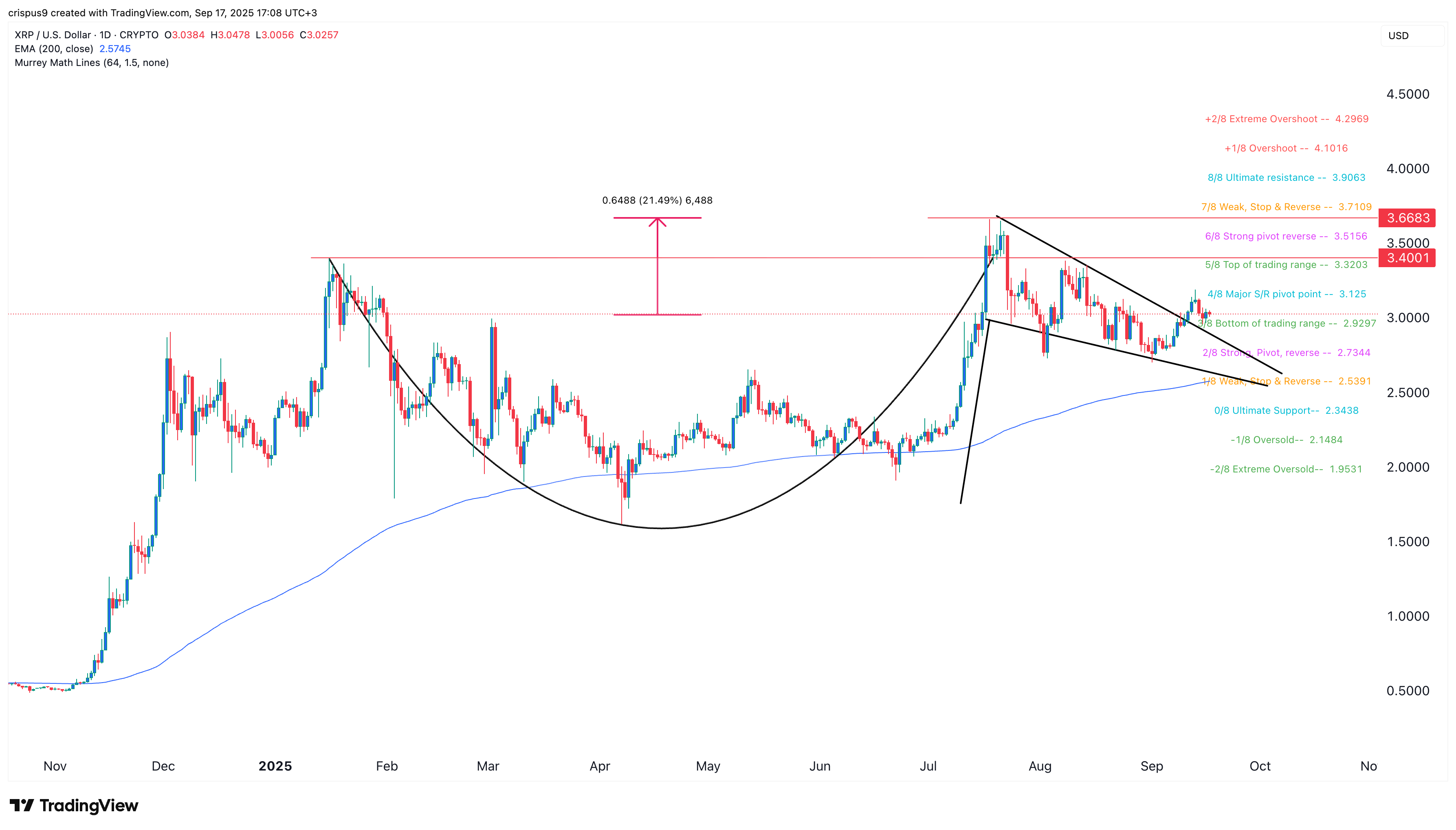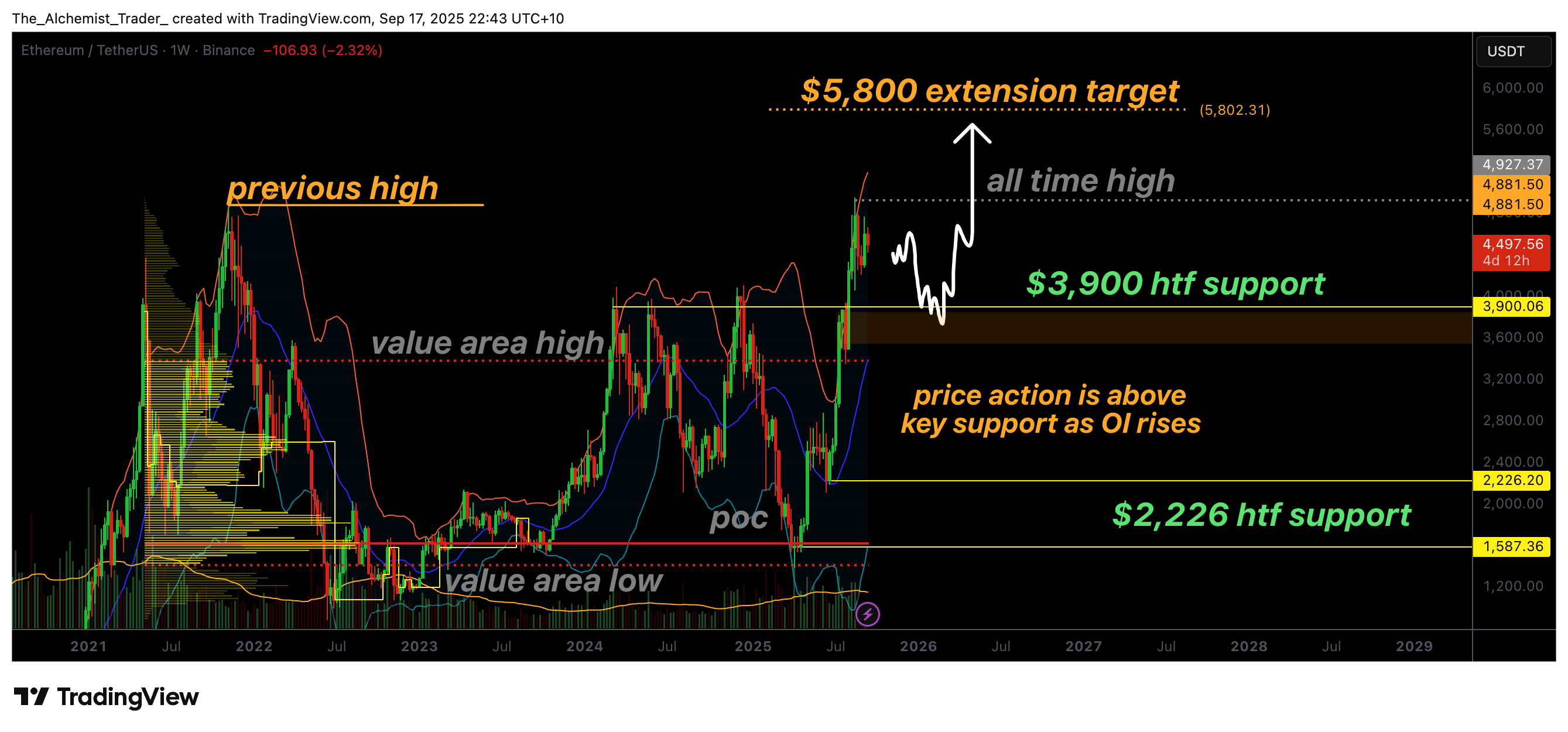Dow retreats 200 points amid Walmart earnings miss

The Dow Jones Industrial Average wavered on Thursday as investors reacted to retail giant Walmart’s quarterly miss, with stocks opening lower as Wall Street turned its attention to the Federal Reserve’s key symposium at Jackson Hole.
Summary
- Dow fell 200 points and S&P 500 and Nasdaq shed gains amid stocks retreat.
- Walmart shares dipped after the company’s earnings report.
- Investors are eyeing the Federal Reserve’s Jackson Hole symposium.
The Dow Jones Industrial Average fell 200 points at open, leading the pullback after bouncing to a record high on Wednesday. As the blue-chip index flipped lower, the benchmark S&P 500 shed 0.3% and the tech-heavy Nasdaq Composite trimmed 0.3%.
Stocks dip amid Walmart earnings miss
While the bloodbath for mega-cap tech stocks cooled, a dip in Walmart (WMT) shares after the retail giant missed quarterly profit forecasts pulled the Dow lower. Walmart, however, raised its full-year sales and profit outlook.
Meanwhile, shorts have taken a rare edge in the stock market since the rally began in May, with sentiment down after sellers scored big on the sharp sell-off in tech stocks.
Analysts have pointed to Palantir Technologies’ streak of six losing sessions as a slide that has erased tens of billions in market value. Although the company’s stock ticked higher on Aug. 21, it remains more than 17% down from its Aug. 12 peak.
Bearish momentum across risk assets has also weighed on cryptocurrencies, with Bitcoin down over 4% in the past week to hover near $113k. Despite the dip, Coinbase founder and CEO Brian Armstrong has predicted BTC could reach $1 million by 2030.
Jackson Hole in focus
As stocks struggle and investors retreat from risk-on assets, all eyes are firmly on this week’s key event, the Federal Reserve’s Jackson Hole symposium. The gathering of policymakers and economists has the market focused not only on what Fed Chair Jerome Powell will say on Friday morning, but also on what his remarks signal about the future of interest rates.
That focus has sharpened after the Fed’s July minutes revealed the central bank is more concerned with sticky inflation than with weakness in the labor market.




